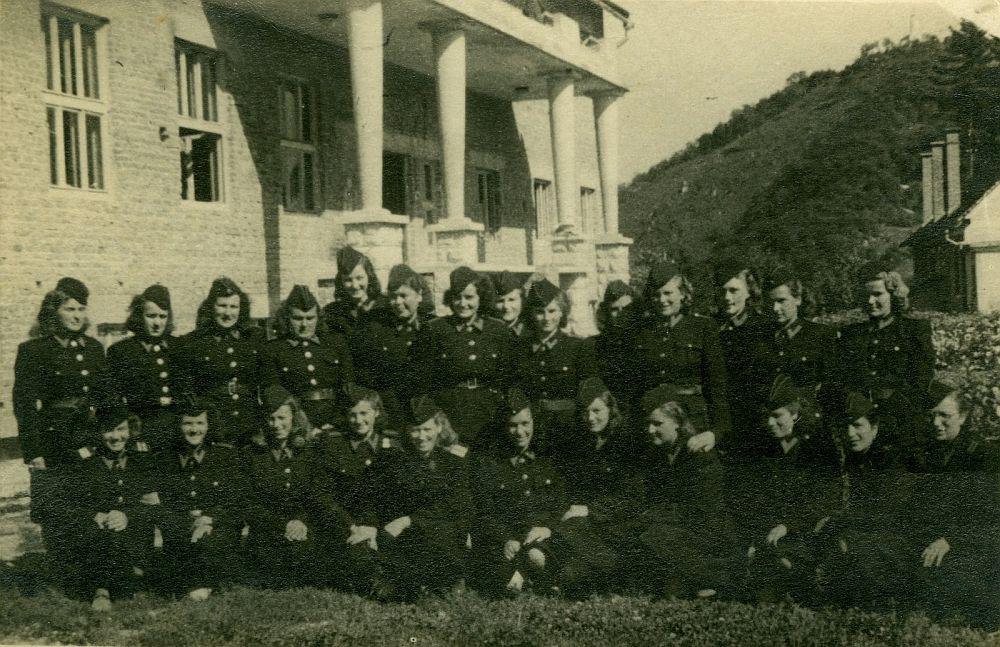

In 2013, the National Museum of Contemporary History hosted an exhibition at Rajhenburg Castle on the life of Trappist monks, who played an important role in the history of the castle and the surrounding region. In 2014, Rajhenburg Castle housed an exhibition on Slovenian exiles. The purpose of the latest permanent exhibition is to shed light on the history of post-WWII detention centers. Irena Fuerst, the curator of the exhibition, said that Rajhenburg Castle was turned into a detention center in 1948 when several thousand female convicts were transferred from the Begunje na Gorenjskem Correctional Facility to Rajhenburg.
The female prison was shut down in 1956 when its prisoners were transferred to Ig (near Ljubljana). For the next 7 years, the castle housed a male correctional facility. In 1957, a camp for Hungarian refugees was set up there, followed by a reception center for Slovenians who wanted to go to the West. Later, the castle became a reception center for refugees from other ex-Yugoslavian republics.
In 1966, the detention center was shut down, and the castle became the property of the local Tourism Association. Documents and paintings make up the bulk of the exhibition. Due to the limited space available for the exhibition, much of the exhibition's material is accessible via a computer that is part of the exhibition.
J.Ž. (Ra SLO); translated by D.V.

































































